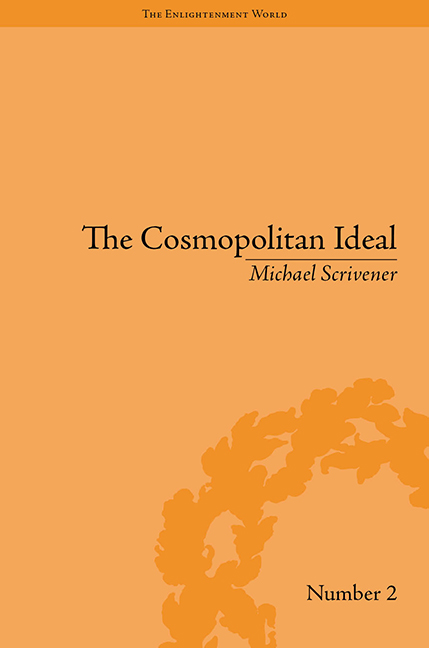Conclusion: Postnational Cosmopolitanism?
Summary
Dominant social groups with political power now and always find it irresistible to sponsor and validate the most flattering representations of their exercise of authority. Aesthetic representations of all kinds have invariably upheld the legitimacy and ideals of the ruling class – no matter the composition and actions of that class. Exceptions to this sociological truism are rare and notable prior to the Enlightenment and slightly more common after the eighteenth century. When Britain found itself after 1815 the most powerful nation in the world, on the verge of an unprecedented economic take-off fuelled by the Industrial Revolution, with an empire that spanned the globe, it was not eager to embrace cosmopolitan political ideas that would weaken state sovereignty and promote international cooperation. If the new race science discovered that Caucasians (and the Anglo-Saxon subgroup) were the first, the primary, the most physically attractive and intellectually endowed race, who were the British to dispute the findings of the most up-to-date research? The dark-skinned people of the empire, it turned out, were fated by biological necessity to occupy the lowest rungs of the world hierarchy; if the British Empire happened to benefit economically from the subordination of the ‘inferior’ races, then it was no fault of the dominant race which was doing its best to ‘lift up’ the biologically disadvantaged masses with Christian and civilized values.
World peace and international cooperation had always been good ideas but in the eighteenth century, for the first time in history, cosmopolitanism started to be taken seriously – not because people were suddenly more morally sagacious but because modern warfare had become so appallingly destructive and politically disruptive. Similarly, religious toleration became developed conceptually and seriously considered only after the massive devastation and political disorder of the religious wars in sixteenth- and seventeenth-century Europe. The Thirty Years’ War (1618–48) produced an audience receptive to ideas of toleration, ideas which became compelling and even necessary for practical reasons.
- Type
- Chapter
- Information
- Publisher: Pickering & ChattoFirst published in: 2014



